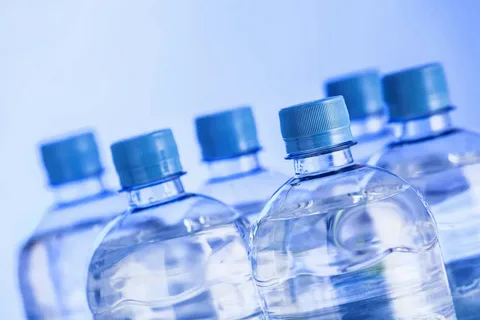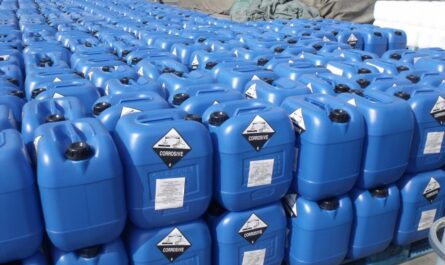The consumption of bottled water in the United States has grown tremendously over the past few decades. From being a niche product enjoyed by health enthusiasts, bottled water has now become a mainstream beverage choice for Americans across all demographics. Let’s take a look at some of the key trends driving this bottled water boom in the country.
Rising Health Consciousness
With growing awareness about the importance of healthy hydration and the perceived risks of drinking tap water, more Americans are opting for bottled water. Most bottled water brands market their products as being pure and free from contaminants. This message has resonated well with consumers who want hydration without worrying about the quality of their local tap water. The health halo around bottled water has significantly boosted its popularity.
Environmental Concerns about Tap Water
In some parts of the US, municipal water supplies have faced issues with contaminants like lead. High-profile cases of tap water contamination, such as the Flint water crisis, have eroded consumer confidence in public water systems. While city water is treated and tested regularly, many Americans believe bottled water to be safer. Bottled water companies have capitalized on such fears by portraying their products as the environment-friendly alternative to potentially contaminated tap water.
Marketing Prowess of Major Brands
Large bottled water companies like Nestle Waters North America and PepsiCo have heavily promoted their leading brands like Poland Spring and Aquafina. Aggressive national marketing campaigns, sponsorship of sports and music events, and point-of-sale promotions have made these big-name bottled waters household items. The top bottled water brands now rival major soda brands in brand recognition and market share. Early global players like Perrier have also expanded distribution within the US, adding to the variety and availability of bottled water options.
Consumption Beyond Home
In the past, bottled water was mostly consumed at home or during outdoor activities. However, it is now commonly purchased on-the-go and consumed away from home at workplaces, schools, restaurants, and entertainment venues. The emergence of smaller personal-sized bottles has supported this trend. Bottled water has become integral to an increasingly mobile American lifestyle, finding space in lunch bags and commuter cups. It competes directly with sodas, juices, and other packaged beverages in away-from-home consumption.
Changing Demographics
Historically, U.S. Bottled Water found more takers among upper-income households. But now all demographic segmentsdrink bottled water. Young adults have readily adopted bottled water as a healthy alternative or supplement to sodas. Affordable private label bottled water options available at grocery stores have made it accessible to lower-income groups as well. Ethnic bottled waters catering to various communities have also joined the category. Water’s ubiquity across population subsets augurs well for its long-term demand outlook.
Environmental and Sustainability Concerns
While facing immense popularity gains, the bottled water industry is no stranger to criticism over its environmental impact. The plastic bottles used for packaging most waters end up as solid waste, with recycling rates being dismally low. Producing and transporting bottled water also consumes significant fossil fuel-based energy. With growing climate change concerns, some localities have proposed bans or taxes on non-reusable plastic water bottles. Industry adherence to recycled PET and commitments to improve recycling infrastructure indicate its awareness of the need for sustainable practices. However, environmentalists argue bottled water to be an unnecessary consumer product that promotes a wasteful culture.
Future Growth Projections
Despite periodic economic downturns and competitive threats from other packaged beverages, bottled water consumption in the US has maintained an overall upward trajectory. Market research firms project annual volume growth of over 3-4% through 2025 backed by demographic trends supporting on-the-go hydration and snacking. Per-capita bottled water usage remains below levels in European markets, leaving headroom for further penetration in lunch programs, offices, and homes. Private label waters are expected narrow the gap with major brands. The future appears bright, though any evidence of tap water safety could question bottled water’s value proposition to health-conscious consumers.
*Note:
1.Source: Coherent Market Insights, Public sources, Desk research
2.We have leveraged AI tools to mine information and compile it




